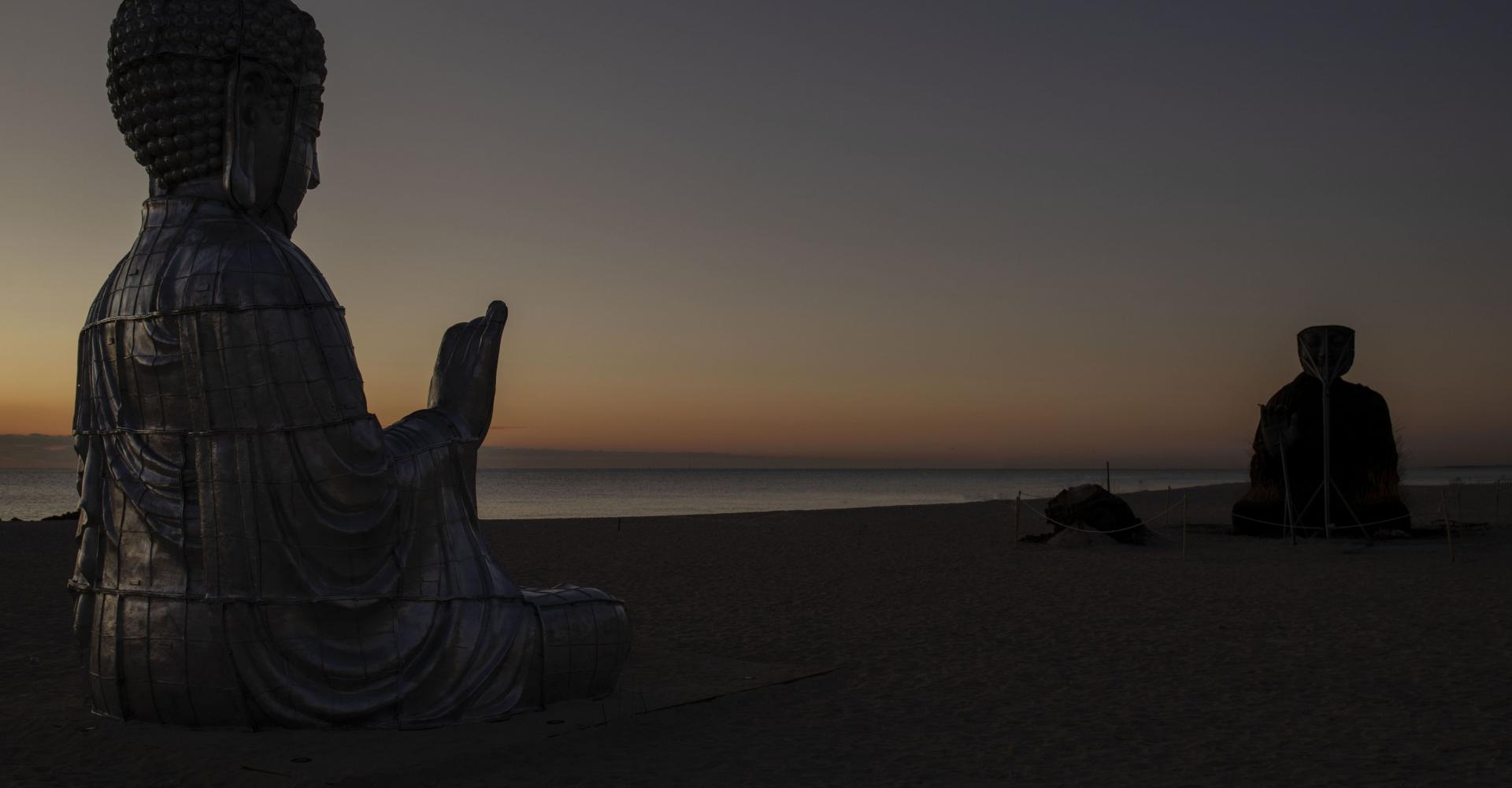Faena Festival During Miami Art Week (December 2-8, 2019): The Last Supper.
Seminal Works, New Commissions, Installations, Films, and Performances by Sophia Al-Maria, Yael Bartana, Myrlande Constant, Gabriel Chaile, Jim Denevan, Camille Henrot, Zhang Huan, The Propeller Group, Christian Jankowski, Jumana Manna, Jillian Mayer, Ana Mendieta, Pedro Neves Marques, Emeka Ogboh, Grethell Rasúa, Faith Ringgold, Martha Rosler, Jamilah Sabur, Osías Yanov and Lulo Demarco and Lunafridge.
Supper Series Includes Culinary Activations and Shared Meals by Jim Denevan, Lunafridge, and Francis Mallmann and Paul Qui.
Running from December 2 through 8, 2019, the Faena Festival: The Last Supper is an exploration of spirituality and food, abundance and sacrifice, indulgence and abstinence, and archetypal symbolism and contemporary aesthetics.
The Last Supper included: new commissions by Sophia Al-Maria, Gabriel Chaile, Myrlande Constant, Emeka Ogboh, Osías Yanov and Jamilah Sabur; installations by Camille Henrot, Zhang Huan, and The Propeller Group; an LED billboard boat on the waterways of Miami, which will serve as a platform for mobile video installations by Jillian Mayer and Ana Mendieta; a Cinema Series with nightly screenings by Yael Bartana, Christian Jankowski, Jumana Manna, Pedro Neves Marques, Grethell Rasúa, and Martha Rosler; and a Supper Series, featuring culinary activations and shared meals by Jim Denevan, Lunafridge, and Francis Mallmann and Paul Qui, among others. All programs will be free and open to the public.
Curated by Zoe Lukov, Chief Curator at Faena Art, the Festival takes the pulpit and the kitchen as its point of departure, invites us to break bread together, and posits the shared meal or prayer as the crux of social interaction and communal connectivity. The works in the Festival are dialectical, simultaneously object-based and immersive, sacred and profane, and laden with tradition along with contemporary expressions of spiritual practices. The works establish a multiplicity of viewpoints surrounding our ceremonial rituals and objects, and their broader roles within cultural imaginings and narratives from around the world.
“Art and spirituality have been linked forever—objects have always been made with intention, imbued with symbolism, and have acquired power and capital from the significance applied to them. Feasting and fasting, traditions that we have developed around shared meals and shared spiritual experiences, are often the bedrock of our lives, from the wafer and wine that were the body and the blood, to the ‘bread and circuses’ that marked imperial decadence, to the sanctity of one’s right to a last meal, or the offerings we leave our ancestors. We have often turned to spirituality or food for solace and healing, and this Festival wants us to catch the spirit,” said Lukov.
Alan Faena stated, “I created the Festival to be an incubator for new talents and ideas that inspire me, a space for connectivity, and to support artists to realize their dream projects, push limits and blur boundaries across artistic disciplines, and ultimately to generate new dialogues, narratives, and experiences.”
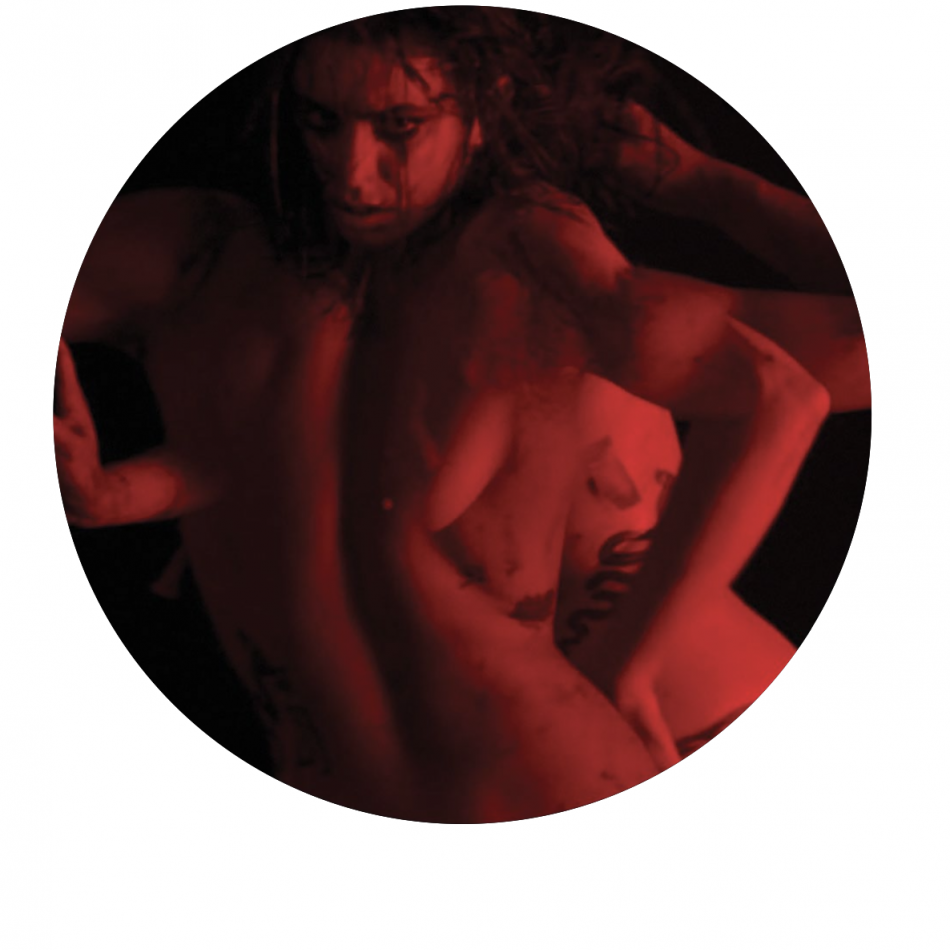
SOPHIA AL-MARIA
In the beginning there was the seed.
In this case The Last Supper begins with Sophia Al-Maria’s new commission for the Faena Forum Amphitheater that presents us with an original incantation before the feasting.
A part of her ongoing Limerent Objects series of videos imagining the myths and rituals of the pre-and-post human, emerging and disappearing from collective consciousness. Embedded at the centre of the Faena Ampitheater, The Limerent Object II is view- able only from above at the edge of the screen. The piece must be approached over dark earth and the audience is requested to re- move their shoes before entering the area. The Limerent Object II is reminiscent of a cenote, a birth canal, or a watery portal leading to another world. This single-channel video and installation casts
Al-Maria’s collaborator Yumna Marwan into the center of this sanctuary-like space filled with pomegranate incense, as an abject Persephone/Kore- type figure. Her body is trapped in the multifaceted red light of the video, like a prehistoric insect entombed in amber. The story of this Queen of the underworld, a figure philosopher Giorgio Agamben called ‘the unspeakable girl’—occupied a central place in Eleusinian mystery cults’ secret rites to ensure food security and harmonious balance with nature. These ancient Greek rituals were performed in honor of Persephone and Demeter, which unlike the hypermasculine traits of many mystery cults and other secret societies, were a celebration of the chthonic towards a liberation from the fear of death.
Marwan floats to the surface of the image before evaporating again and again. She paces like a hungry prisoner in a ruby-jewelled cell evoking Persephone’s fasting in the under- world as she survived on only pomegranate seeds, the food of the dead, while her mother Demeter above
ground laid waste to the fields, made the ground barren, ceasing all harvest with her pain at having lost her daughter, until she ultimately returned to her.
Sophia Al-Maria’s retelling of the timeless myth is perhaps a re- demptive love story between two women that ultimately reimagines our very own myth of mothering and creation, of famine and harvest. The work draws on ancient religion while making it vital to our understanding of our contemporary moment, a pre-apocalyptic anxiety, the feeling of the fall of empire, the rise or death of seas, the loss of the future and the very possibilities that might exist to hold each other, feed each other, nourish each other in this space and time and escape the trap of binaries, language.
This work continues Al-Maria’s interest in the relationship of myth-making to world-building/breaking as well as the fantasy of history as fact. In this and the previous Limerent Object—words approach utterance but emerge as a hum. The few audible words con- note an oblique feeling of free fall. The repetitive meditation draws the viewer down towards an ecstatic trance state, akin to explosive fugues of mystics and mourners—where Marwan, glimmers in and out of the grenadinehued cenote. This second Limerent Object is an altar, an unpinned grenade and meditative seed for the audience to carry with them.
Faena Forum, Amphitheater Monday 2nd 6:00PM – 11:00PM Tuesday 3rd 11:00AM – 10:00PM

Camille Henrot
Camille Henrot’s latest film, Saturday, delves deep into what philosopher Ernst Bloch called “the principle of hope”, which structures our aspirations for immediate, private utopias as well as for radical change. The film focuses on the Seventh-Day Adven- tist (SDA) Church, an evangelical millenarian Christian denom- ination that celebrates the Sabbath and practices baptism rituals on Saturday. Shot mostly in 3D, the film combines images of baptism rituals recorded by Henrot at SDA Church with civil protests, neurological testing, cosmetic surgery, endoscopic exams and staged food television commercials, while headlines scrolling the bottom of the screen relate recurring bad news. The SDA obsession with diet and digital communication act as a mirror of mod- ern capitalist society’s expectation for a better life, while echoing James Joyce’s idea of the “digestive value of religion.”
Faena Forum
Monday 2nd 6:00PM – 11:00PM Tuesday 3rd 11:00AM – 10:00PM
Camille Henrot, Saturday, 2017
3D video, color, sound, 19 min 32 sec Courtesy of the artist & Kamel Mennour (Paris/London);
Galerie König (Berlin); Metro Pictures (New York)
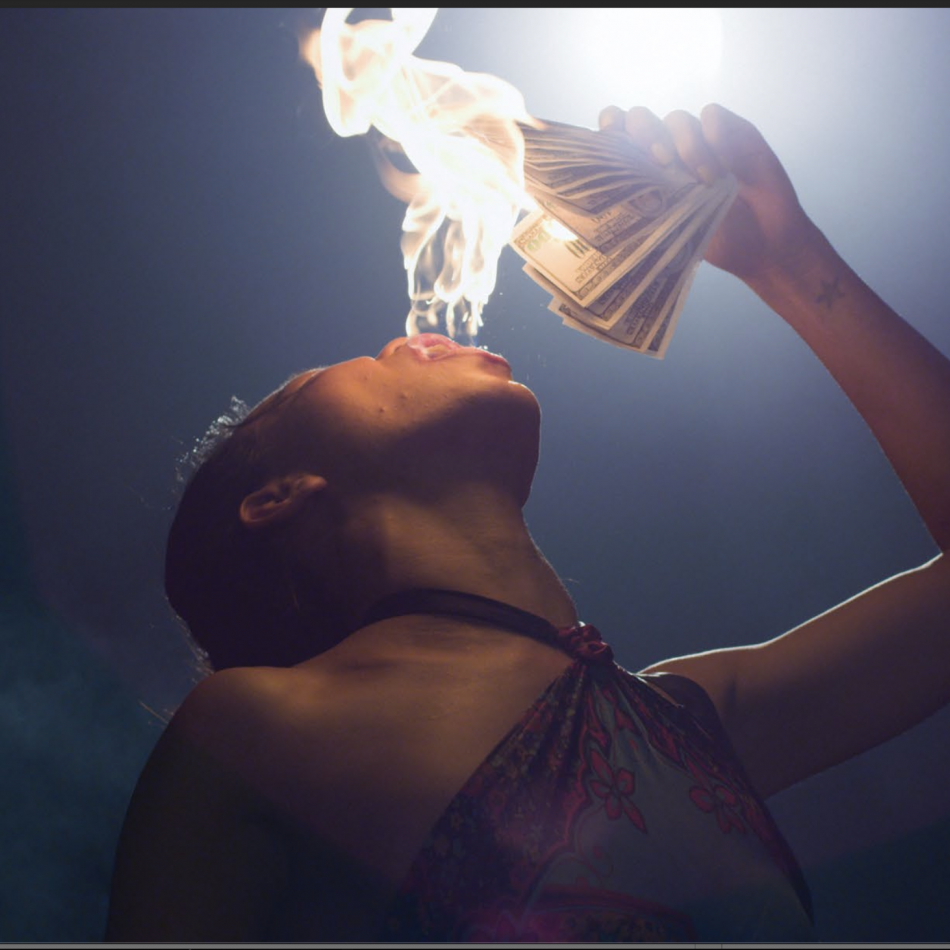
THE PROPELLER GROUP
The Living Need Light, The Dead Need Music
“The Living Need Light was an exploration and an homage not only to the laborers that make a living helping families celebrate life at the moment of death, but also to the transvestite and transgender communities that use that particular “public space” that opens up during the traditional funeral ceremony as a means of expression and resistance.”
The film The Living Need Light, The Dead Need Music, which was originally produced for Prospect 3: Notes for Now the US Biennial in New Orleans, depicts funerary traditions throughout the southern hemisphere to demonstrate the commonalities and continuities of the global south. Highlighting the elaborate and festive funerary rituals of South Vietnam, the film is a lush visual and auditory journey through traditions of death and mourning that centers on a series of brass band musicians, snake charmers, professional mourners, firebreathers, dancers, swordeaters and other street performers that serve as embodied accompaniment to the soul’s transition from the world of the living. Merging documentary footage of funeral processions with stunning reenactments that are at once abstract, poetic, and metaphorical—the film is a rumination on death and the ways the living pay homage to the deceased.
Faena Forum
Monday 2nd 6:00PM – 11:00PM Tuesday 3rd 11:00AM – 10:00PM
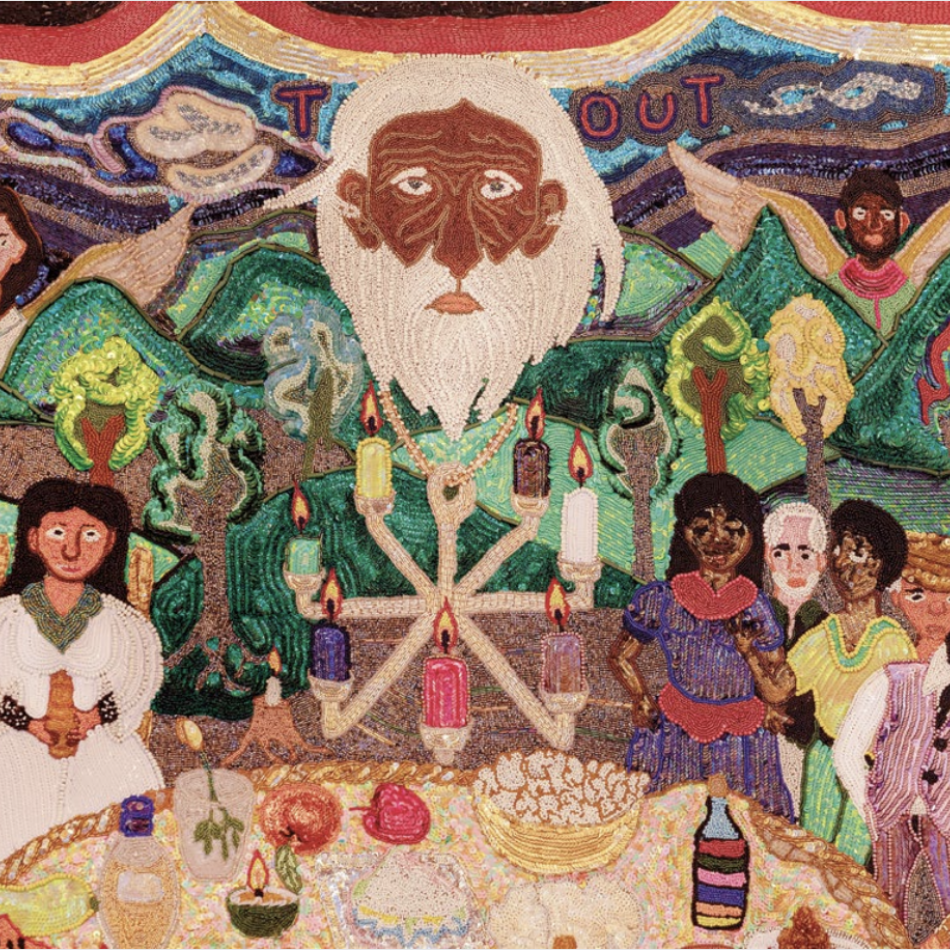
MYRLANDE CONSTANT
Rasanbleman soupe tout eskòt yo
Myrlande Constant was commissioned to create her largest flag to date and to conceive an immersive installation of vodou flags that will act as a temple for the gathering of Haitian lwa within the Cathedral of the Faena Hotel Miami Beach. She created Rasanbleman soupe tout eskòt yo, a seven by ten feet masterpiece that depicts a festive gathering of the principle lwa around a central table and Marassa Trois, a depiction of triplets, a trilogy of the goddesses that represent the three virtues of faith, hope and charity. These flags are both contemporary paintings and sacred objects to which one might leave a ceremonial offering or dedicate a prayer.
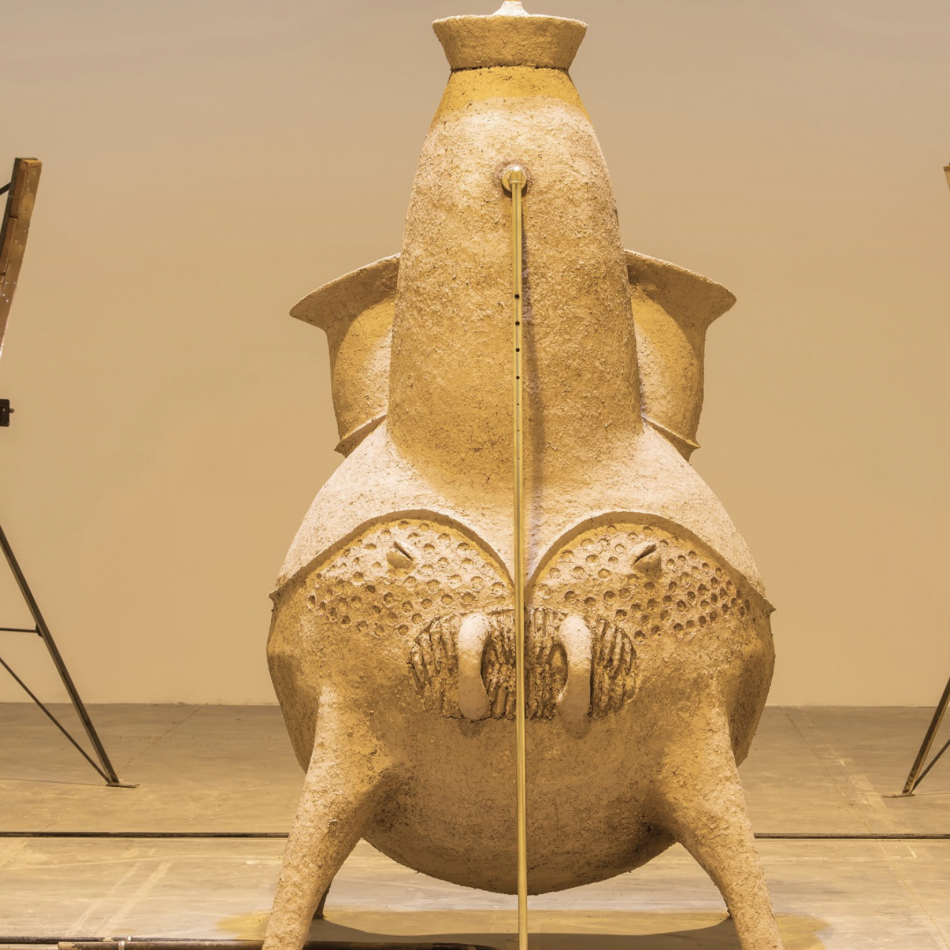
GABRIEL CHAILE
Renacimiento (Renaissance)
Gabriel Chaile is an artist from the North East of Argentina whose work over several years has researched and reflected the aesthetics of the region, and their shared and complex indigenous cultures. Renaissance is his largest site-specific commission to date: a collection of six totems that appear as almost pre-Columbian wayfinders or sentinels. These works act as spiritual talismans reminiscent of praying supplicants, with one fantastical creature, part animal/part machine that also functions as an oven for baking bread. These large-scale adobe sculptures convert a long stretch of outdoor public space into the site of an imagined mythical temple—recalling images from anthropological and theological studies, while also insisting on a contemporary assemblage of images and aesthetics from across the Americas.
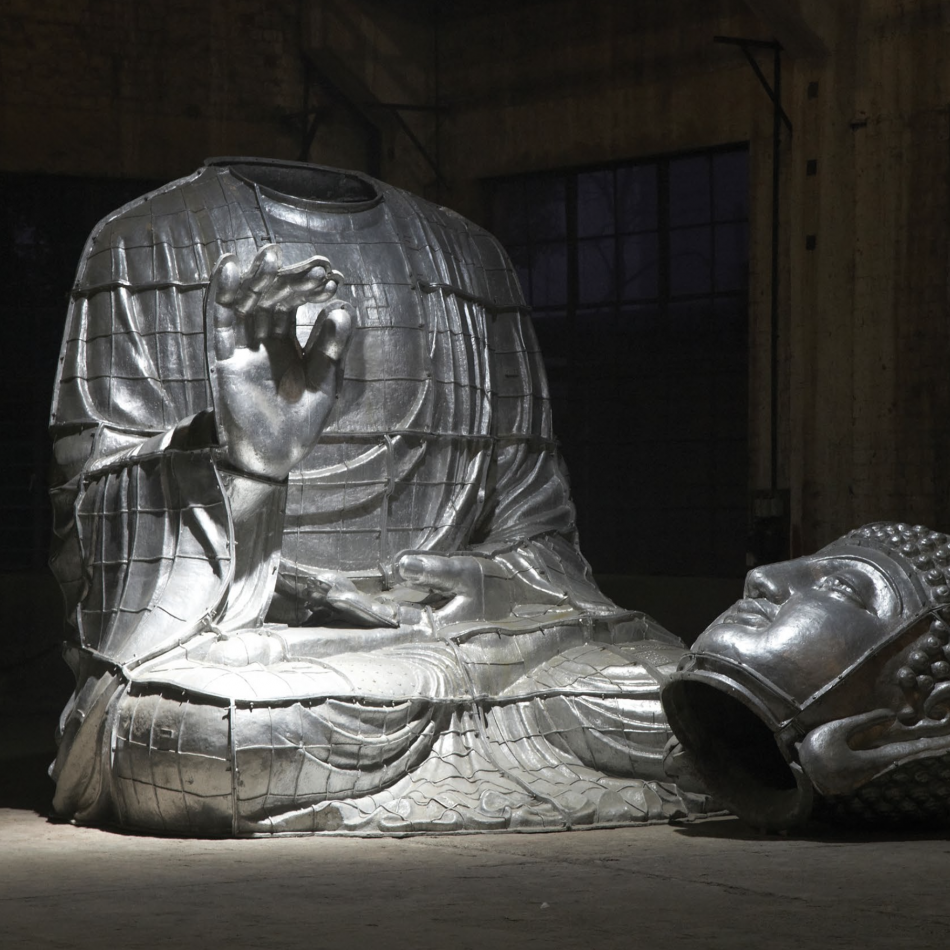
ZHANG HUAN
Miami Buddha
For The Last Supper, Zhang Huan presents Miami Buddha. The work will feature two Buddhas sitting face to face—one an aluminum mold, the other made from twenty tons of incense ash imbued with the prayers of untold worshippers, collected from Buddhist temples near Shanghai. The term Buddha means enlightened one, one who is awake. Siddartha Gautama was a seeker of truth and peace in the 6th century BC who avoing both deprivations and indulgences, founded the Middle Way as a means of attaining wisdom. He was an ordinary man who eventually became Buddha and he taught that any person could do so. Some do not consider Buddhism to be a religion as is commonly understood—but rather as a search for truth. Burning incense is considered a sacred practice that burns away fears and carries forth prayers while transforming the solid physical form of the incense stick into ash dust.
The fragility of the physical form and its transition to ash is a reminder of the continual state of transformation between spiritual planes—something Zhang has been utilizing in his paintings and giant sculptures as a reflection on temporality and ephemerality. In this case, the ash Buddha is created by filling an empty aluminum mold with ash and water. Upon removing the mold, the structure of the ash Buddha is formed. The face and hand are supported by “masks” which will be removed on the opening night in a ritual performance. This “unmasking” is accompanied by public participation, a smoke ceremony and ritual cleansing. The two statues face each other, a confrontation between permanence and transience. Viewers will notice a swastika on the Buddha’s chest, a symbol which, while it has often been associated with the Nazi movement of the 20th century, is actually an ancient symbol—the oldest known ver- sion of the symbol is found in Paleolithic caves from at least 10,000 years ago. It is used across the world and extensively in China, Tibet and India in Buddhism, Hin- duism, Jainism and beyond to mean good fortune, prosperity, abundance and eternity. The word itself is Sanskrit for “It is well.” It is directly related to Buddha and can be found carved on the soles of his feet and on his heart in bronze and stone statues from China. It is said that the symbol con- tains Buddha’s mind.
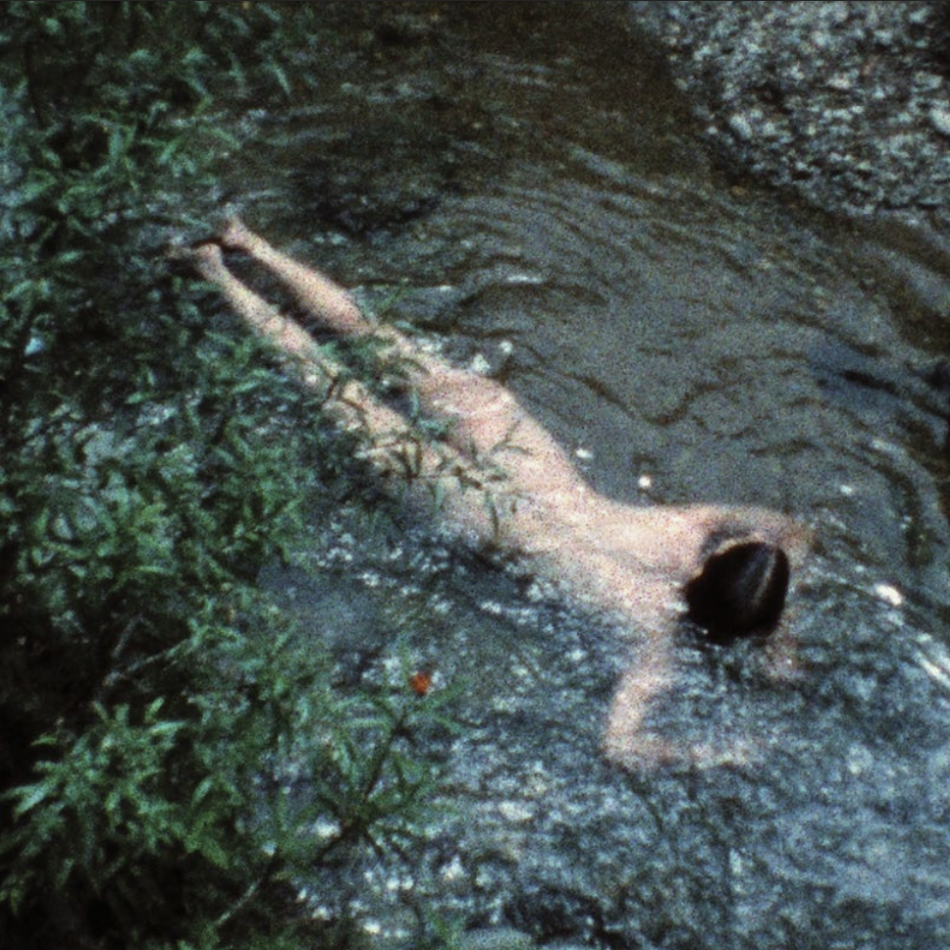
ANA MENDIETA
Creek
Alma Silueta En Fuego
Two of Ana Mendieta’s seminal works Creek (1974) and Alma Silueta en Fuego (1975) will be shown on loop on the LED billboard boat as it moves across the ocean of Miami. While never before shown in this context, the platform allows for Mendieta’s video to perform in space. Here we return her works Creek and Alma Silueta en Fuego, back to nature, to the currents of the sea. As the works travel in space and time over the water, a broad public is introduced to the way Mendieta addressed the most elemental aspects of nature in relation to the human body and ritual.
On view on the LED billboard boat that travels across the waterways of Miami Beach
Tuesday 3rd – Sunday 8th, 12:00PM – 6:00PM
Ana Mendieta and The Art of the Island
An excerpt from Gerado Mosquera’s conference
Cuba: 170 years of US Presence
Presented at The Center of Latin American and Caribbean studies at New York University, November 5, 1999
